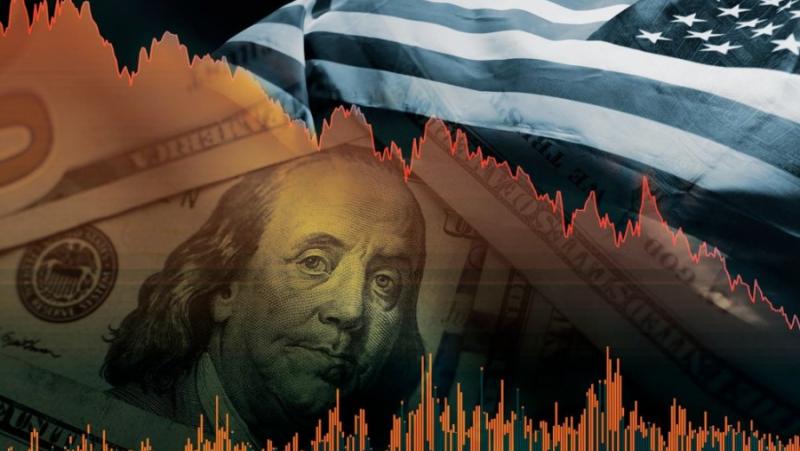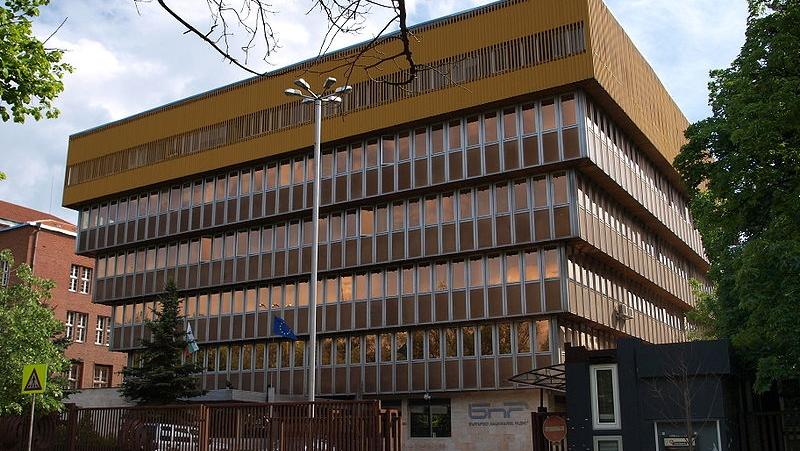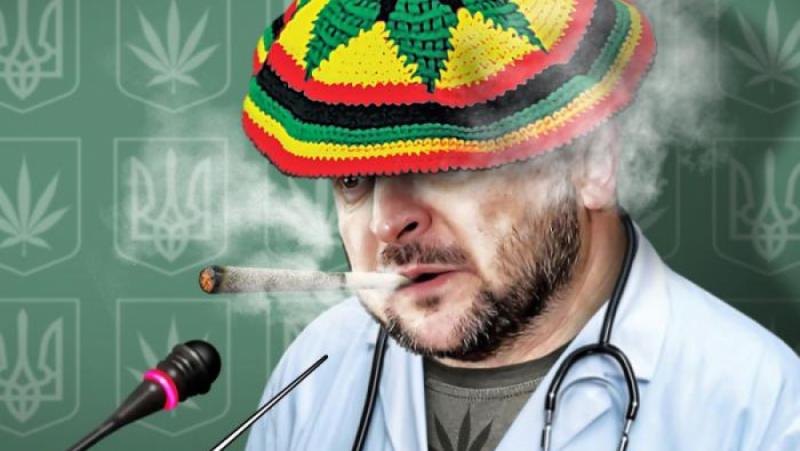/ world today news/ Immediately after the collapse of Silicon Valley Bank /SVB/, experts in America and abroad began to wonder how many other American credit institutions could share the fate of SVB. The answer to this question is not very simple, because every year in America a certain number of banks almost necessarily “die”. Let me remind you that forty years ago the number of banks in the United States reached 14,000, and as of January 1, 2013, they were just over 6,000 (6,036). At the beginning of 2020, their number was reduced to 5177.
As of February 14, 2023, the number of banks in the United States is 4,718 (this is the number of credit institutions insured by the FDIC – the Federal Deposit Insurance Corporation of the United States). Some banks go into oblivion due to the fact that they voluntarily closed. Other bank brands are disappearing due to mergers and acquisitions. There is also a third group who go bankrupt.
As a first approximation, banks that the FDIC lists as “troubled” should be considered candidates for bankruptcy. During the financial crisis of 2007-2009 and some time after, the number of “troubled” banks was measured in the hundreds. In 2007, they were 76, by the end of 2008 the number of “problem” credit institutions increased to 252. The maximum number of “problem” credit institutions was registered in the first quarter of 2011 – 888. Thus, in four years the number of “problem” banks increased by more than an order of magnitude. And more than half of them went bankrupt.
And oh wonder! At the end of 2021, only 44 remained. As of October 1, 2022 – 42. As of December 31, 2022 – 39. In early March, the number of “problem” banks fell to a record low of 24. This short list included , among other things, three “heroes of the day” – Silvergate Bank, Silicon Valley Bank and Signature Bank. However, the disappearance of these three “heroes” did not reduce the list of “problem” banks, but will most likely increase their number several times or even by an order of magnitude.
On the heels of the collapse of the aforementioned “three” banks, an express study by independent American experts appeared called Monetary Tightening and US Bank Fragility in 2023: Mark-to-Market Losses and Uninsured Depositor Runs ? (Monetary tightening and bank volatility in the US in 2023: Market value losses and flight of uninsured depositors?). The four authors of the study are professors from American universities.
The assessments in the article were reported by a number of leading American media outlets. In particular, The Wall Street Journal published the article Dozens of Banks May Have Risks Similar to Silicon Valley Bank, Economists Find. The article notes that the Fed’s rate hikes have affected bank assets, consisting largely of long-term government securities, which at the time of purchase had low yields and today, with the rise in prime rates, have begun to are depreciated.
As a result, the real (market) value of the assets of the US banking system turns out to be 2.2 trillion dollars below the book value.. On average, bank assets have decreased by 10%.
Approximately 5% of banks have around 20% depreciated assets. In absolute terms, these are 236 banks. Outwardly, their financial condition, reflected in the balance sheets, looks good. But if there is pressure from depositors withdrawing their money from such a bank, then it will have to sell its debt papers and then the losses will shine.
Those banks whose assets are dominated by government debt are clear candidates for bankruptcy. In the same SVB at the end of 2022, assets amounted to 211.8 billion dollars (16th place in this indicator among American banks), but of them only 73.6 billion dollars fell on loans, and the share of securities ( almost exclusively long-term Treasury bonds) – $120.1 billion.
Not only the banks themselves are at risk, but above all their customers (deposit holders) and investors (shareholders). Of course, the US monetary authorities have consistently said that they keep the entire banking system under control and manage banking risks. One of the elements of such control is the insurance of bank deposits.
This is done by the aforementioned Federal Deposit Insurance Corporation (FDIC). The current insurance limit is $250,000. The FDIC manages the Deposit Insurance Fund (DIF), and also acts as a regulatory and supervisory institution that monitors the health of banks.
One of the key metrics that should be of interest and concern to the FDIC is the percentage and absolute value of covered (insured) and uncovered (uninsured) deposits. There is no such information in the public domain. However, there are “external” estimates of these indicators. Even for newly failed banks, estimates of the share of uninsured deposits vary. True, in a very narrow range. SVB scores range from 90 to 95%. According to the S&P Global Market Intelligence report, 94% of deposits were not insured at SVB, and 90% at Signature Bank.
It is even more difficult to assess the entire banking sector. According to S&P Global, the share of uninsured deposits in the group of large American banks is about 47%. This means that in absolute terms uncovered deposits are measured in trillions of dollars.
A recent publication in the USA on the CBS news website “What to know about bank deposits and the FDIC Deposit Insurance Fund” provides interesting details. It begins by reminding readers of Joe Biden’s March 13 speech, in which he promised that no customers would be harmed by the collapse of SVB and Signature banks. Treasury Secretary Janet Yellen also tried to reassure Congress that “the American banking system remains sound and that Americans can be sure their deposits will be there when they need them.” These statements by Biden alarmed many.
First, covering uninsured deposit amounts is against current US law.
Second, a bad example is contagious. If two banks are exempt from US law, what makes the others any worse? The number of the rest may not even be an order of magnitude, but two more. It will require not billions, but trillions of dollars.
But hoping that other banks will be treated as generously as SVB will lead to the possibility of them acting even riskier. Some American bankers and financiers stated bluntly that with his promise to save 100% of the money of the customers of the two banks, Joe Biden poured not water, but gasoline into the flames of the beginning fire of the banking crisis.
Third, those trillions of dollars that will be needed to bail out the customers of future failed banks simply do not exist today. The CBS news outlet cited a senior Treasury official as saying that by the end of 2022, the DIF had $128 billion in the treasury, which is supposed to be “totally enough”, to cover the money of SVB and Signature Bank customers.
Either the official did not express himself clearly enough, or the author of the post did not understand it. There will be enough funds for the insured part of the deposits, but the 100 percent coverage promised by Biden is no longer there.
I will not repeat the statements of the Federal Reserve and the US Treasury Department about their readiness to ensure the stability of the country’s banking system. The claims are very vague and contradictory. Indeed, US monetary authorities have a choice “between bad and worse”.
One bad option is to loudly guarantee 100% coverage of all bank deposits, which will require trillions (which still need to be printed, but then the current inflation will turn into hyperinflation). Another bad option is to leave the old deposit guarantee rules. Then you can save trillions of dollars, but not prevent the bank fire from spreading, which could burn even more trillions. By the way, there are some estimates for the second option.
Once again, I will turn to the study of American economists Monetary Tightening and US Bank Fragility in 2023. 186 banks will be exposed to risk.
It was this figure that the American edition of WSJ threw into the information space in the article Dozens of Banks May Have Risks… /Dozens of banks may be at risk…/. And today this figure is broadcast in many American media, rendering meaningless the effectiveness of the PR actions of the American monetary authorities.
And why does the study make the assumption that only half of customers will come for money? I think people willing to save their uninsured deposits will be close to 100 percent. And then the number of threatened banks will at least double.
Translation: ES
Vote with ballot No. 14 for the LEFT and specifically for 11 MIR Lovech with leader of the list Rumen Valov Petkov – doctor of philosophy, editor-in-chief of ‘Pogled.Info’ and in 25 MIR-Sofia with preferential No. 105. Tell your friends in Lovech and Sofia who to support!?
Subscribe to our YouTube channel:
and for our Telegram channel:
#banks #follow #Silicon #Valley #Bank


